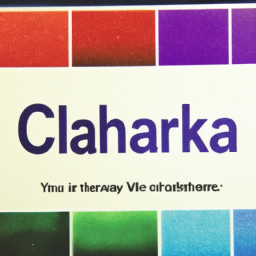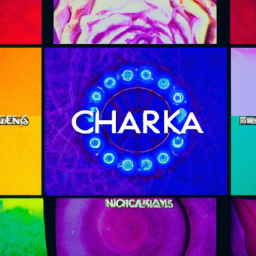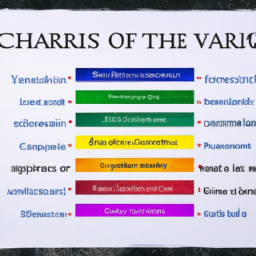Chakras, an ancient concept originating from India, refer to the spiritual energy centers in the body. These energy centers are believed to be responsible for our physical, emotional, and spiritual well-being. There are seven main chakras, each with its unique color, symbol, and associations. One of the most commonly asked questions about chakras is what organs are they associated with? In this article, we will dive deeper into the seven chakras and the corresponding organs they are connected with.
The Root Chakra
The first chakra, also known as the Root Chakra or Muladhara, is located at the base of the spine. It is associated with the color red and is symbolized by a lotus with four petals. This chakra is linked to the adrenal glands, responsible for the body’s fight-or-flight response. It also governs the excretory system, including the bladder, colon, and anus. The Root Chakra is essential for feeling grounded, secure, and connected to the physical world.
The Sacral Chakra
The second chakra, also known as the Sacral Chakra or Svadhisthana, is located just below the navel. Its color is orange, and its symbol is a lotus with six petals. The Sacral Chakra governs the reproductive organs, including the ovaries in females and the testes in males. It also controls the bladder and kidneys, as well as the hips and lower back. This chakra is connected to our creativity, sexuality, and emotional balance.
The Solar Plexus Chakra
The third chakra, also known as the Solar Plexus Chakra or Manipura, is located above the navel, near the diaphragm. Its color is yellow, and its symbol is a lotus with ten petals. The Solar Plexus Chakra is connected to the pancreas, responsible for regulating blood sugar levels and producing digestive enzymes. It also governs the stomach, liver, and gallbladder. This chakra is associated with our self-confidence, personal power, and purpose in life.
The Heart Chakra
The fourth chakra, also known as the Heart Chakra or Anahata, is located at the center of the chest. Its color is green, and its symbol is a lotus with twelve petals. The Heart Chakra is connected to the thymus gland, responsible for producing white blood cells and boosting the immune system. It also governs the heart, lungs, and circulation. This chakra is associated with love, compassion, and emotional balance.
The Throat Chakra
The fifth chakra, also known as the Throat Chakra or Vishuddha, is located at the base of the throat. Its color is blue, and its symbol is a lotus with sixteen petals. The Throat Chakra is connected to the thyroid gland, responsible for regulating metabolism and energy levels. It also governs the vocal cords, throat, and neck. This chakra is associated with our ability to communicate effectively and express ourselves authentically.
The Third Eye Chakra
The sixth chakra, also known as the Third Eye Chakra or Ajna, is located between the eyebrows. Its color is indigo, and its symbol is a lotus with two petals. The Third Eye Chakra is connected to the pituitary gland, often referred to as the “master gland,” responsible for regulating other hormonal glands in the body. It also governs the eyes, nose, and ears. This chakra is associated with our intuition, perception, and higher consciousness.
The Crown Chakra
The seventh chakra, also known as the Crown Chakra or Sahasrara, is located at the top of the head. Its color is violet or white, and its symbol is a lotus with one thousand petals. The Crown Chakra is connected to the pineal gland, known as the “seat of the soul,” responsible for regulating our sleep-wake cycle and melatonin production. It also governs the brain and nervous system. This chakra is associated with our connection to the divine, spiritual awakening, and enlightenment.
Understanding the chakras’ associations with the various organs in our body can provide insight into how imbalances in these energy centers can affect our overall well-being. When a chakra is blocked or overactive, it can manifest as physical or emotional symptoms in the related organ. Therefore, keeping our chakras balanced and in harmony is essential for our overall health and happiness.
If you are interested in learning more about chakras and how to balance them, there are various resources available, such as guided meditations, yoga practices, and energy healing sessions. With dedication and mindfulness, we can harness the power of our chakras to lead a more fulfilling and vibrant life.





Interesting!
Asma: This looks like a great post!
The chakras are associated with many body organs, allowing us to connect to our physical as well as spiritual selves. It is important to understand the relationship between these energy centers and the organs in order to keep our mental, emotional, and physical balance in check.